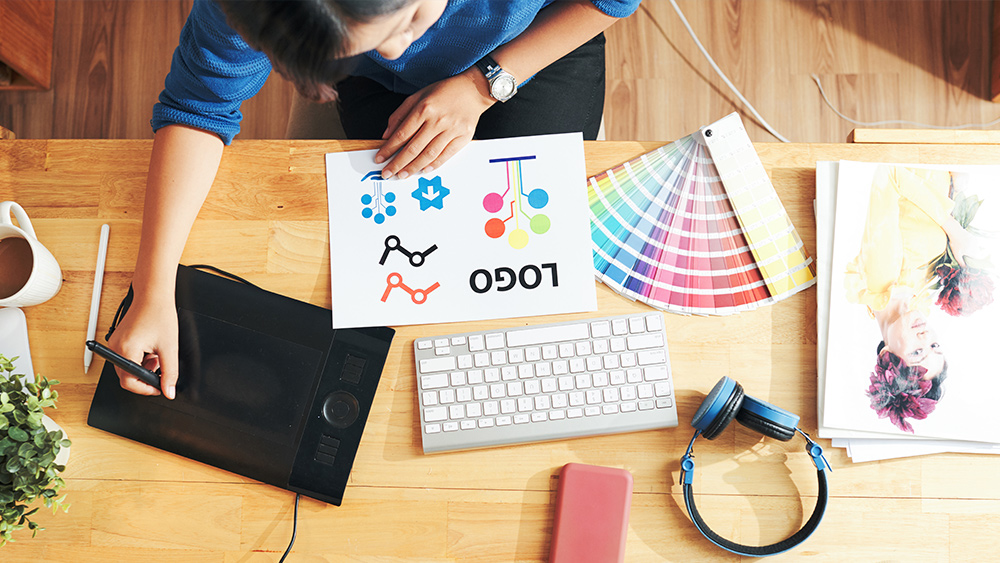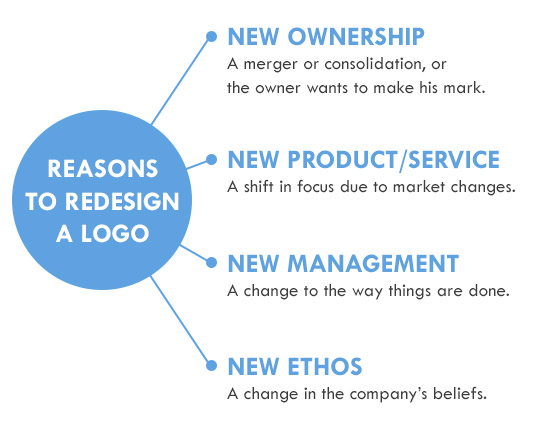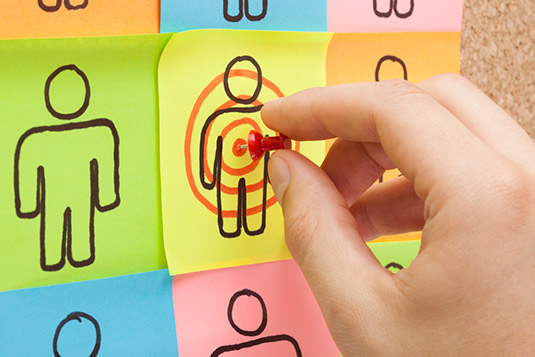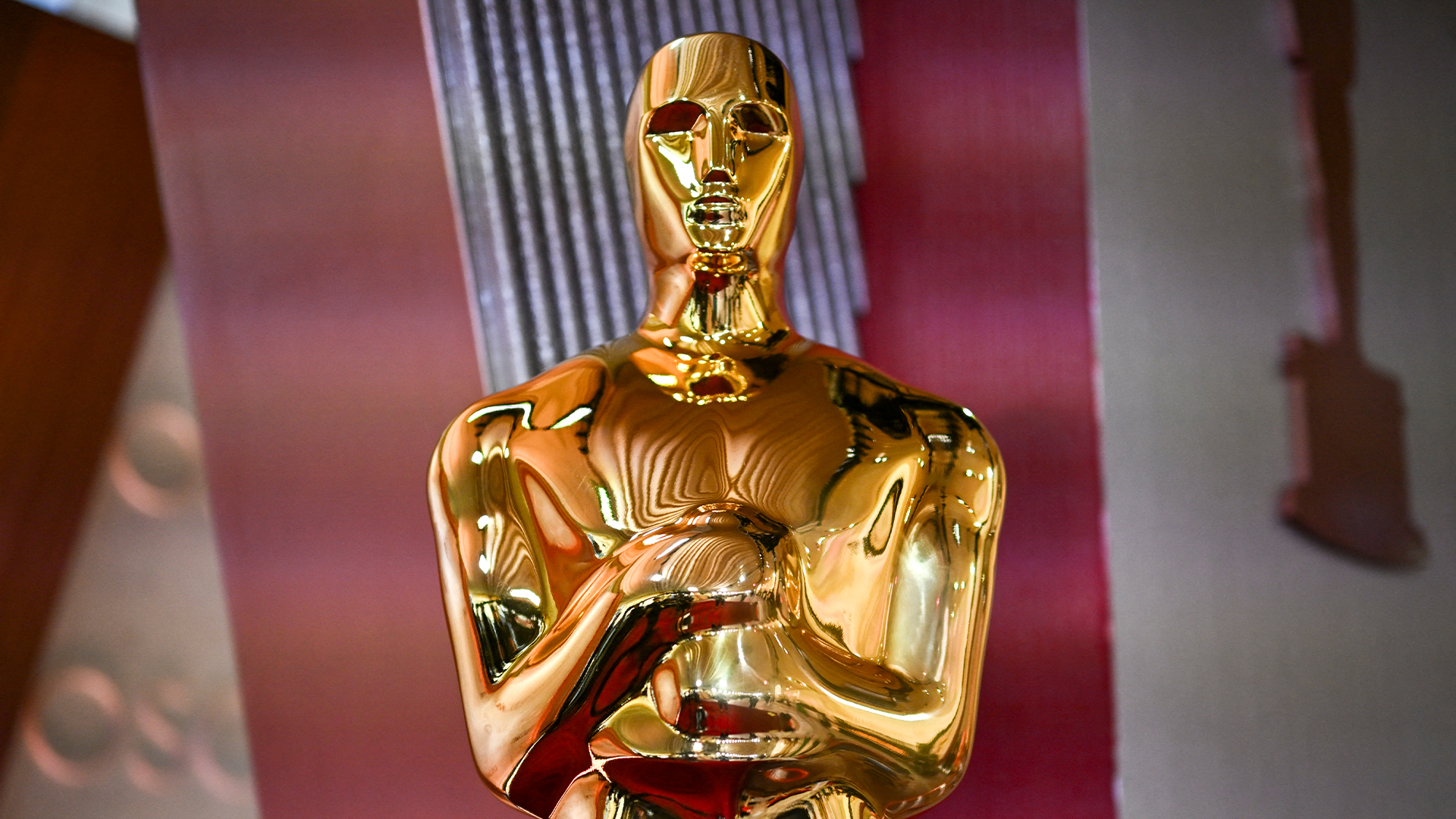
Logo research is essential. The logo design process doesn't start in design software or even in a sketchbook. There are several things you should ask before you start to design a logo if you want to have the best chances of success.
Proper research can help ensure that you fully understand the problem at hand so you can design a solution that you can present with confidence, armed with the knowledge you need to back up your decisions. That's more likely to help you get approval from your client quickly if not first time) and to help the project succeed in the real world. In comparison.
You can't just guess the logo that a client requires, and a poorly researched project is likely to be rejected if the client feels the designer has failed to understand the problem. Research is your opportunity to discover what you need to design, why you need to design it, and how it will be used. There's no such thing as having too much information, especially if you're going to design a logo for a product or service you're not familiar with.
But what topics should you research? Here are five key questions and areas to focus preliminary research on before designing a logo. See our tips on how to design a logo for more advice, and for tips on the business side, see our guide to how much should you charge for a logo?
Logo research: 5 things to ask before you design a logo
01. Why does the company need a new logo?
Before you design a logo, it's essential you understand the real reason you're doing it. If it's a new company the answer to this question is self-evident. But if the logo is a redesign, this is a whole different story.
If the company is young it may have designed the logo in-house or had it designed on the cheap and now it simply needs a refresh. A more established business will, however, redesign its identity to signify change.

Change can come in many forms: new ownership, new management, new product or service, or a new ethos. Be it a merger, a change to the way things are done, or a new brand statement, ensure you understand all you can about the current situation and the goals of the business moving forward. This will decide if you need to simply evolve the current design, or take it in a whole different direction altogether.
Get the Creative Bloq Newsletter
Daily design news, reviews, how-tos and more, as picked by the editors.
02. What does the company do?
It's might sound obvious, but you need to know what the company does and why. Find out the history of the company, the products or services it offers, and the problem(s) it solves.
Look to understand the company's values. What message is the client trying to communicate with its target audience, and how does it want customers to feel when they engage with the brand? This will often heavily influence the attitude of the design. Don't simply rely on what the client tells you either. Be prepared to dig deeper, reading industry blogs and information to gain a true understanding of the product and service.
03. Who is the target audience?
You must know the audience the business will be targeting so that you can design a logo that will attract them. Some companies will be able to describe their exact audience, while some smaller companies will not be sure, or may ask to target everyone. In these cases, ask the client to describe its ideal customer.

Understand the demographics of the audience: their age, gender, location, income level, lifestyle and behaviour. Understand their needs and the problems they are experiencing to require the products or services of the company you're designing for.
04. What are the company's long-term goals?
A logo should stand the test of time, so expect the logo you're designing to still be in use in five to 10 years' time. For that reason you must understand not only where the company is today, but what its long-term goals and ambitions are.
For example, if a company currently offers only one service, but plans to extend its offering at a later date, it's essential you are aware of this so that you can factor this into your design.
A valuable exercise is to ask the client to describe where it sees itself in five years' time. This will allow you to get a realistic picture of it foreseeable plans and long-term ambitions.
05. Who is the competition?
Knowing about the competition is valuable when you start to design a logo as you can learn what identities the audience will already be familiar with in the sector. This information will also ensure you avoid unintentionally mimicking an already-known brand.
Pinpointing competitors isn't always an easy task. Sometimes the client will tell you who it believes it's in competition with, but its own assessment may be way off. Combine the information it provides with your own research. Look at the identities of direct competitors (those that offer the same product or service to the same audience) as well as indirect (those that offer a similar product or service).
Your goal is to design a logo that separates the company from its competition rather than to replicate an existing design. It's a valuable exercise to keep a visual record of both the competitor's logos and identities to reference your designs against at a later date.
Research is a powerful tool, which will make you a better designer and a more knowledgeable person. For inspiration, see our pick of the best logos of all time and the best new logos. Also see our pick of resources for logo designers.

Thank you for reading 5 articles this month* Join now for unlimited access
Enjoy your first month for just £1 / $1 / €1
*Read 5 free articles per month without a subscription

Join now for unlimited access
Try first month for just £1 / $1 / €1
Ian is an accomplished logo designer with over a decade of experience in the field. He is recognised for his ability to create striking and effective logos that communicate the brand's essence. Ian is also the host of the popular Logo Geek Podcast, where he shares his expertise and interviews other leading designers and marketing experts in the industry, as well as author of the book, Make a Living Designing Logos. Through his work, Ian has established himself as a respected voice in the design community, and his passion for the craft is evident in everything he does.
- Joe FoleyFreelance journalist and editor

